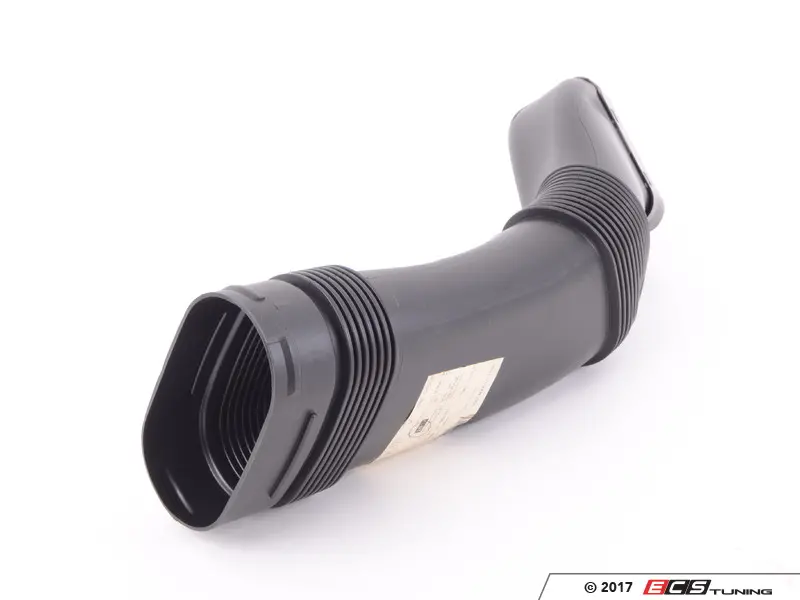Here are some pics.
Also a big thanks for Charles from BMG Performance for doing the install and making my aluminum inlets.
UPDATE (Aug.2021)
I decided to have each turbo being fed by its own air filter. Here are the results.
This is a custom 3D printed intake tube assy that was designed specifically for this setup. There was a few revisions done to get this tube to fit like a glove.
The front turbo uses this blue cylindrical air filter.
A difference was felt vs the older setup during a few runs.
Last edited:


